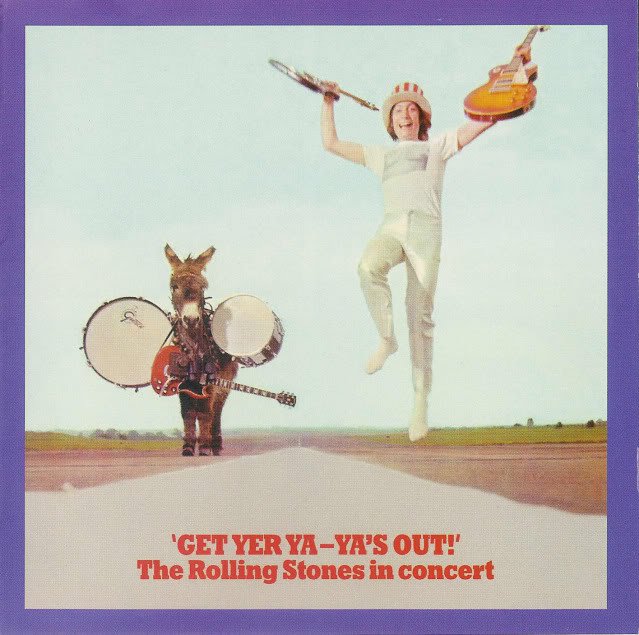Various forms of the records-that-changed-my-life meme have been making the rounds lately, so I came up with my own version, which I call “The Twenty-Five Record Albums That Changed My Life.” Throughout the coming month, I’ll write about one of these albums each weekday in the rough order in which I first heard them.

It happens that I’ve never bought a copy of Rolling Stone. It wasn’t sold at any of the newsstands in or near Smalltown, U.S.A., when I was growing up. I did, however, profit from its exceptionally well-written record reviews, at least the ones that made it into The Rolling Stone Record Review, a mass-market paperback that came out in 1971. I bought The Rolling Stone Record Review not long after it was published and read it until the glue dried up and the pages fell out, something that had never before happened to me. Not at all surprisingly, it exerted a powerful and continuing influence on me for many years thereafter.
As I wrote in this space back in 2015:
Some of the reviews reprinted therein were so strikingly written that I can still quote them…It was my Bible of hipness, a vade mecum of all that was most serious about rock, and it was a long time before I dared to break away from its seemingly apodictic judgments and start trusting my own ears.

Ya-Ya’s, “Midnight Rambler” in particular, changed my tune. It was right around the time that I bought that explosive album that my father generously bought me a Fender bass and a Bassman 10 amplifier. Whenever the house was empty, I plugged it in, cranked the volume up to eleven and played along with the Stones. On one never-to-be-forgotten occasion, I played so loud that the bathroom cabinet popped open and its contents fell into the sink.
I now prefer other kinds of rock, including the Stones’ studio albums from the same period and (sorry, Lester) Live at Leeds. But I still think that Ya-Ya’s is a pretty damn wonderful record, raunchy and fierce to a fault, and I will always be indebted to Lester Bangs and The Rolling Stone Record Review for inspiring me to buy it.
(To be continued)
* * *
From Get Your Ya-Ya’s Out, the Rolling Stones play “Midnight Rambler” at Madison Square Garden in 1969. The band consists of Mick Jagger on lead vocals and harmonica, Keith Richards and Mick Taylor on guitar, Bill Wyman on bass, and Charlie Watts on drums:
A filmed performance of the same song, played live at London’s Marquee Club two years later:
* * *
To read about album #1, go here.
To read about album #2, go here.
To read about album #3, go here.
To read about album #4, go here.
To read about album #5, go here.
To read about album #6, go here.
To read about album #7, go here.
To read about album #8, go here.
To read about album #9, go here.
To read about album #10, go here.
To read about album #11, go here.
To read about album #12, go here.
To read about album #13, go here.
To read about album #14, go here.
To read about album #15, go here.
To read about album #16, go here.
To read about album #17, go here.
